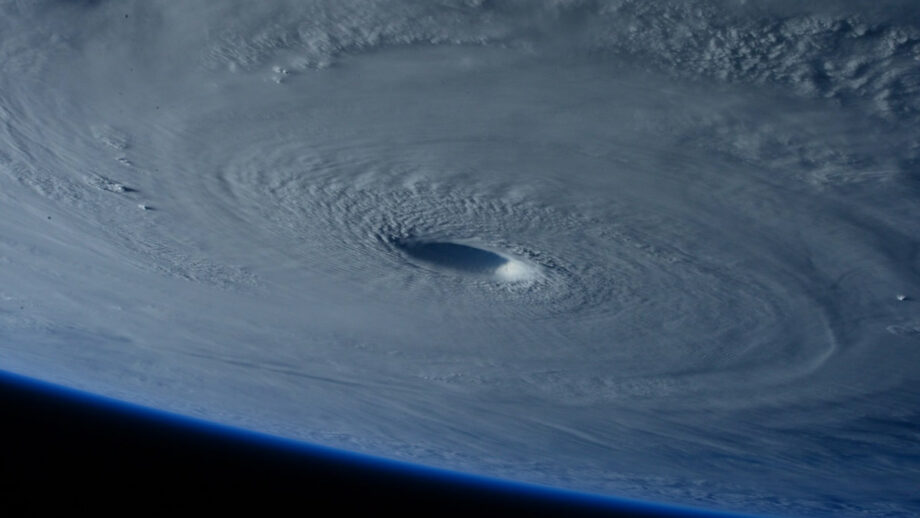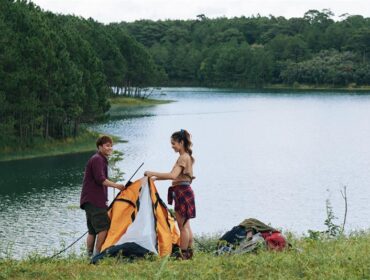Hurricane season has arrived in the Pacific, Atlantic, and the Caribbean, which means, for some states, that many a wary eye will now remain vigilant on the weather forecasts over the next 6 months. These regions are no strangers to wet and wild weather during the summer and fall months. The most savvy of hurricane survivors know that it is important to familiarize yourself with the stages of the storm so you can act accordingly.
The most important thing you can do if you live in or are planning to visit an area that is prone to tropical cyclones is to do your research about the stages of a tropical cyclone, and how to be prepared for such an event; don’t delay in assembling a survival kit of some sort. We may not have the power to control the weather, but we do have a substantial part in getting ourselves and others through it!
What is a Tropical Cyclone?
To begin, all storms that originate over tropical seas are called tropical cyclones. A tropical cyclone is an organized system of thunderstorms and clouds that has a closed, low-level circulation. It rotates in a counter-clockwise direction in the Northern Hemisphere, and the severity of a tropical cyclone is measured according to its wind speeds. The successive stages of a tropical cyclone are as follows:
Tropical Depression
A tropical depression is the lowest on the scale of tropical cyclones, with a maximum sustained wind speed of 38 mph or less. No visible circular patterns yet. While this kind of weather might not seem like a big deal, remember that all hurricanes have to start somewhere. Keep your eye on tropical depressions.
Tropical Storm

Winds are picking up a little in the tropical storm stage, at maximum speeds between 38 – 74 mph. The characteristic circular pattern will begin to form at this stage. Start paying attention to whether anyone is releasing evacuation information. If you haven’t already, start assembling a disaster/survival kit with non-perishable food items, drinking water, first aid kit, fully charged batteries, flashlights, pet food — whatever basic necessities you would need to survive for at least 3 days in the event that the storm kicks up. Pro tip: Keep this somewhere accessible and ready to go at all times!
Hurricane

There’s no more speculating, the weather authorities have confirmed that the maximum sustained speeds are now at least 74 mph, and possibly climbing. This means the storm is advancing the tropical storm to a hurricane. Storm surges and flooding will likely begin at this stage. If you have hurricane shutters, get them closed and secured. Pull that survival kit out, and be sure all your flashlights, candles, matches, and other lighting implements are out and within reach should the power go out. This is a great time to get into a game of Monopoly, since you may be here for a while.
Strong Hurricane
Strong hurricanes: these are the storms that you do not try to outwit; you will be playing a deadly game. If an evacuation warning or order has been issued for your area, do whatever is possible to heed it. Bring your pets and your survival kit with you. Strong hurricanes not only blast with maximum sustained wind speeds of 111 mph and stronger, at this point, they are capable of massive flooding from storm surges, storm tides, and heavy rains. Running water just 6 inches deep can sweep you off your feet due to the growing currents, and you do not want to chance going on foot when the water starts to rise.
Wrapping up our post, we thought you might also like: The Environmental Impact of Hurricanes as well as 3 Common Storms of North America!
Featured Image from




